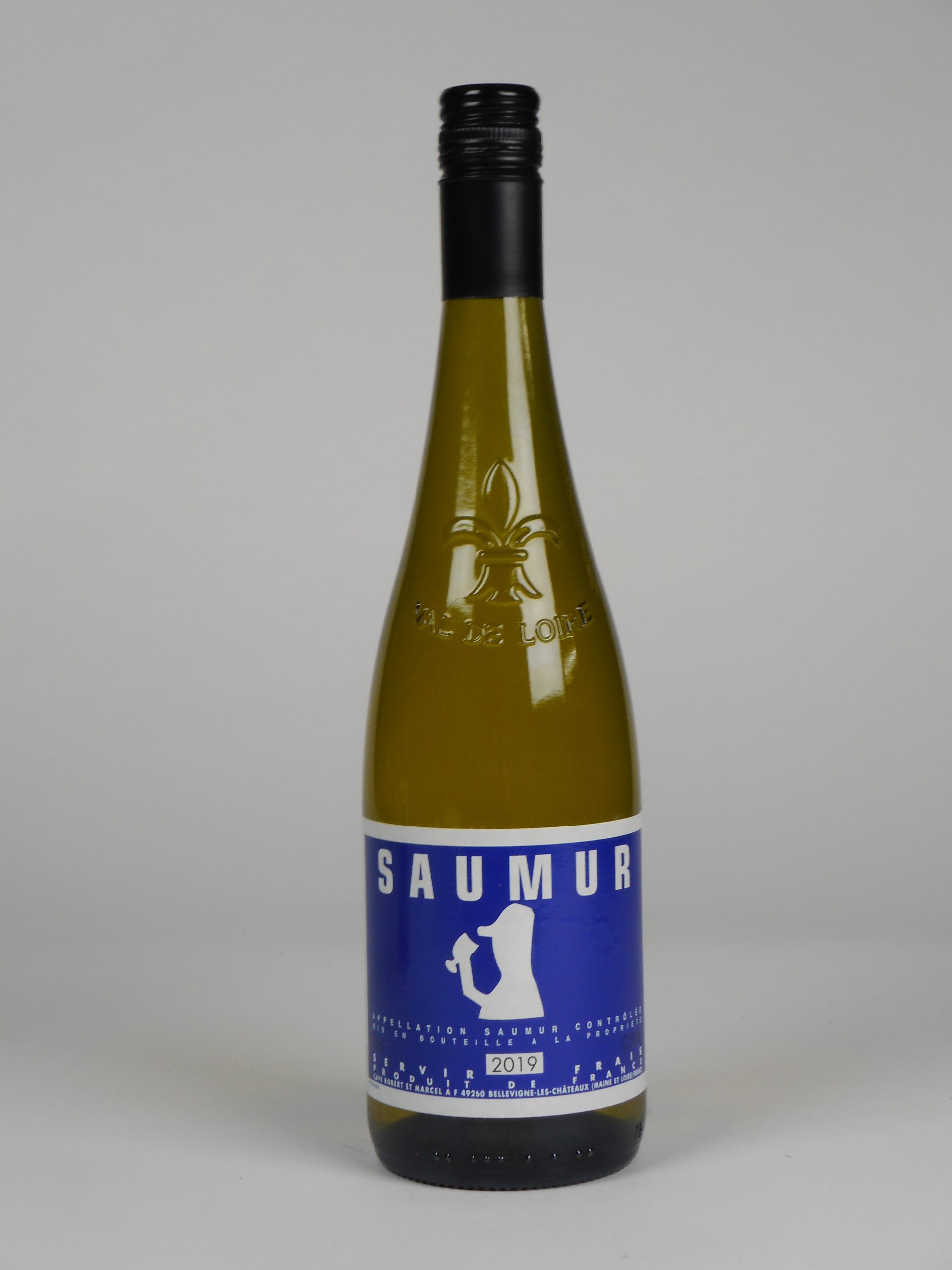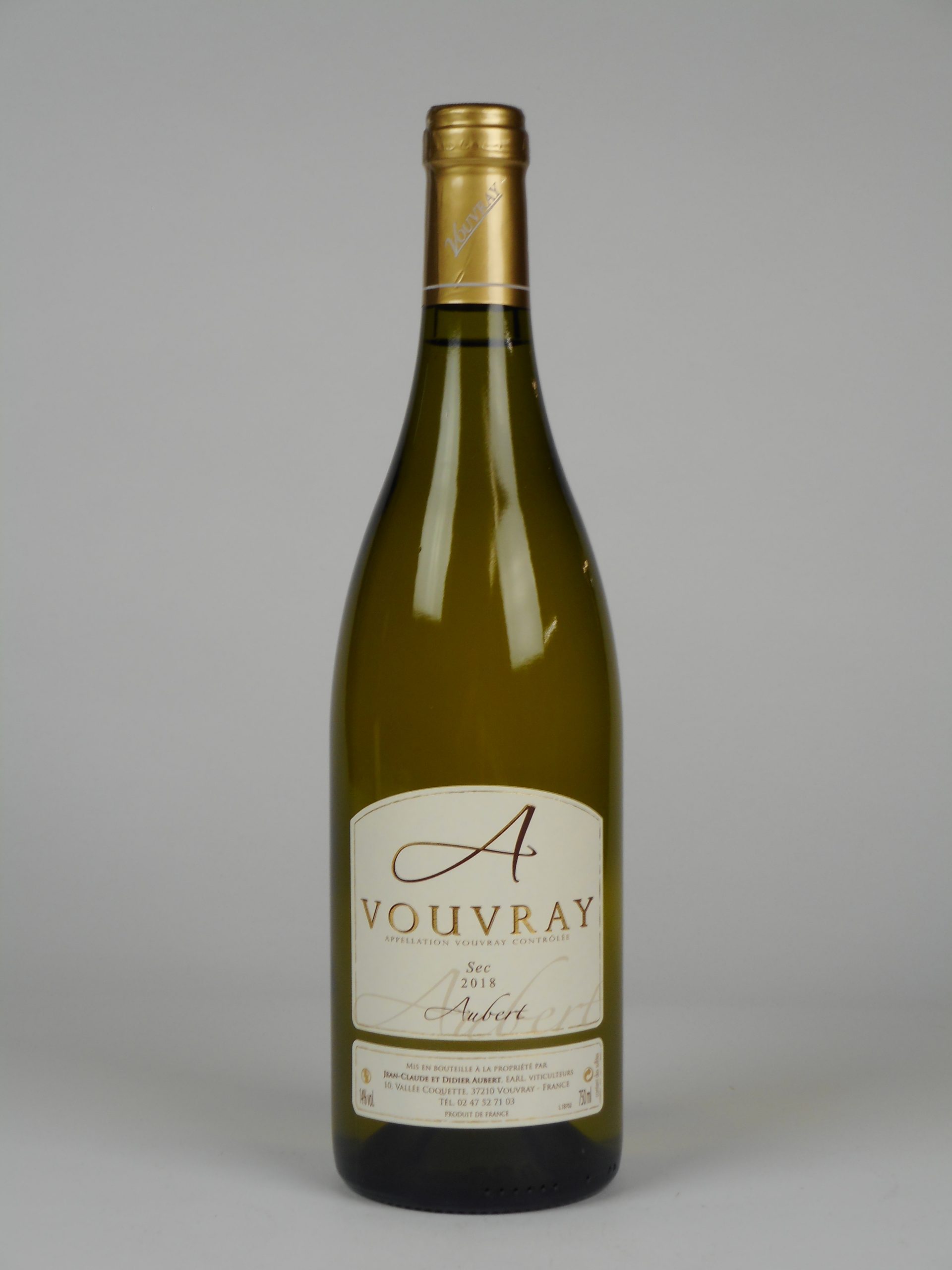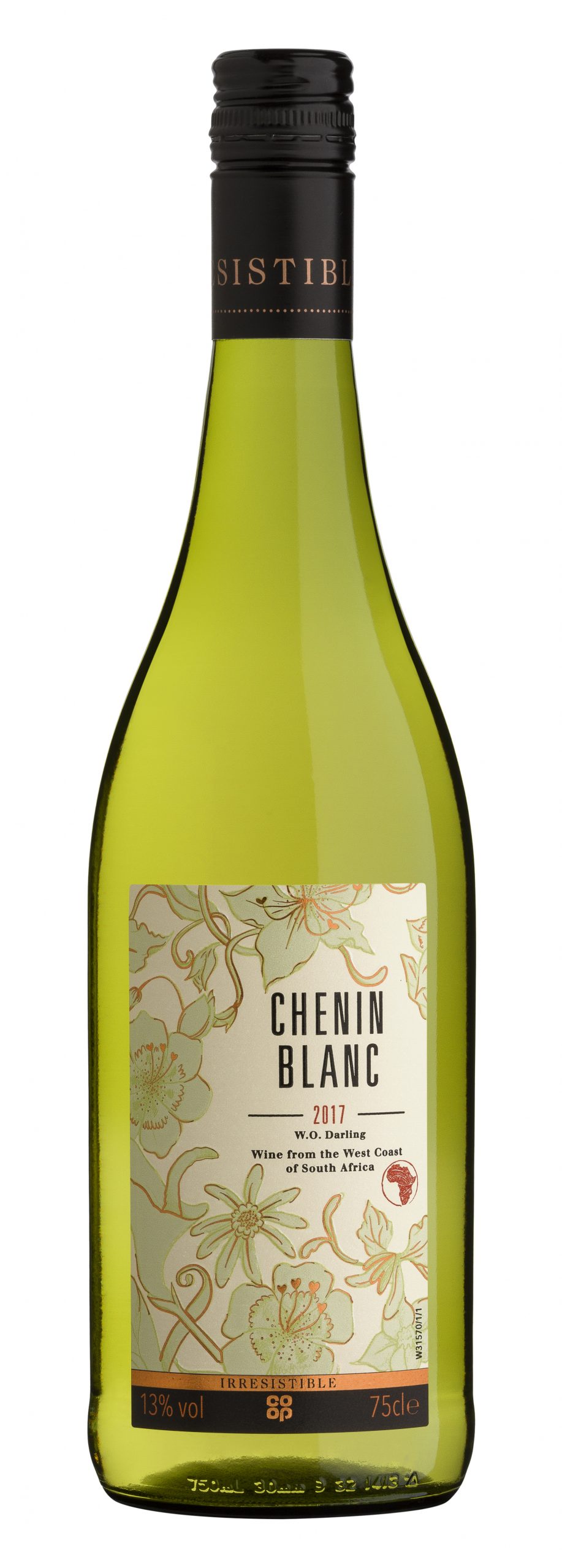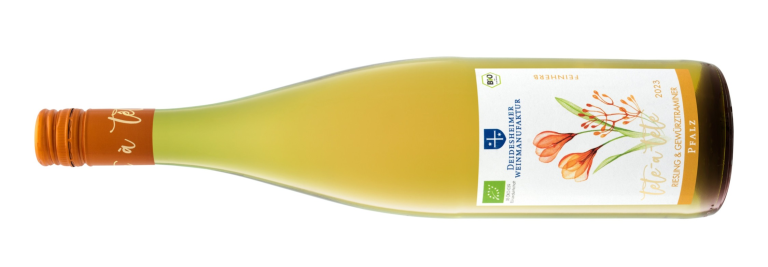For today’s look below the surface of the world of wine, I have turned to one of the most seriously underestimated grape varieties – chenin blanc.
Although small pockets of chenin are grown in a number of countries, around 80% of the world’s production come from just two – France and, biggest of all, South Africa.
The variety is thought to have originated in France’s Loire Valley and it is to the middle part of that region that we usually go for stylish versions of the wine it produces.
It is a challenge to grow a grape like this – that buds early and ripens late – in cooler northern areas where the weather can vary appreciably.
If early frosts don’t get the young buds then a rain later on can play havoc with the quality and volume of your harvest.
Indeed, in poor years a lot of grapes finish up as Crémant de Loire.
Perhaps helped by climate change, though, recent vintages have been pretty good and classic styles of chenin blanc have started to re-emerge.
But what’s it like
Parts of the region such as Anjou and Saumur are noted in particular for their weighty but dry versions while, further east, Vouvray is famed for its off-dry (and, in some years, lusciously sweet) examples.
Unsurprisingly, given its latitude, Loire versions tend to have pronounced and zippy acidity.
In addition, the prime flavours encountered there centre around greengages, quince lemon, yellow apple and pear fruit supported, on occasion, by chalky minerality and – in the right places – honey.
For Instance …..

Where better to go for examples of what I mean than the excellent Yapp operation at Mere in Wiltshire – who are still delivering across the UK at the moment but are currently only taking orders online.
For a perfect example of those drier wines, do try their 2019 Saumur Blanc (£10.95 at ww.yapp.co.uk and 12.5% abv); it is brilliant.
With a floral (possibly acacia) background, its fruit combines apple and ripe pear influences set against zesty lemon acidity and an attractive textured background.
And heading east

Meanwhile, their 2018 Vouvray: Jean-Claude & Didier Aubert Sec (£14.25 at ww.yapp.co.uk and 14%) – which is the drier of the two version from that producer – has more richness and a smooth hint of minerals and marzipan to underpin its honey and red apple flavours and evolving lime acidity.
This is weightier than the South African version we consider later and contains more honey and minerality but with fewer peach influences and more baked apple components.
The expected extra acidity does surface but, here, takes a while to evolve.
So, off to South Africa then
With a much lower latitude than the Loire (34° as against 47°), the weather is less of an issue in South Africa and consistency is much easier to attain.
Chenin (under its local name, steen) has been in that country for centuries and currently has twice the acreage that is devoted to the variety on the Loire.
Flavours encountered in South Africa tend be riper than those from Loire versions, exhibiting tropical fruit elements (nectarine, peach, melon, pineapple and mango) supported sometimes by suggestions of honey and meringue.
Acidity here is less than you find in France and is different – more grapefruit and pear drop than green apple.
Even so, the acidity levels that do emerge (coupled with the grape’s high yields) have made it commercially attractive – even if, during the country’s economic isolation, only for very basic wines and brandy production .

Once normal trading arrangements returned, however, the overall quality of South African chenin blanc made step change improvements.
For an excellent (and great value) example of how far things have progressed from the bland and unexciting fare of yesteryear, look no further than the outstanding 2019 Irresistible Chenin Blanc (£7 at the Co-op and 13%).
This has juicy, perfumed red apple, under-ripe melon and more exotic fruit with good lemon peel acidity and soft (but full and creamy) texture with just a touch of minerality.
They also became more specialised
As winemakers warmed to their task (and were encouraged by enthusiastic feedback) so specialist producers started to become more numerous – and began experimenting with two particular aspects.
The first concerns the vines themselves and, in particular, the desirability of old vines some of which have actually reached their century and certain local initiatives reflect the way veterans like that are venerated.
Often these old vines are not trained on wires but keep the traditional “bush” shape which can be space hungry and very demanding of labour but do work especially well in dry areas like South Africa.
For more information on vine shapes and formations, take a look at this excellent piece on the Wine Enthusiast website.
What these veterans bring to the party

Old Bush Vine Chenin tends to be more concentrated (because yields are lower), more complex and often age better in bottle.
For a brilliant example that worked superbly with a pork dish we had the other day, try 2018 Darling Cellars Old Bush Vines Chenin Blanc (£15.65 at www.frontierfinewines.co.uk and 13.5%).
Smooth, intense and golden in colour, it has orange and melon fruit with lively lemon acidity, marzipan centred depth and an appealing tangy finish.
The other aspect concerns oak.
When not used to excess, barrel influences are very effective at smoothing wine, adding distinctive flavours to it and making its tannins less intrusive.

Doing so inevitably pushes up the price but, done well, the effect is to create impressively classy wines.
For a good example, luxuriate in the almost Burgundian style of 2017 DeMorgenzon Reserve Chenin Blanc (£29 at www.mrwheelerwine.com and 14%).
It has a soft and smooth tangerine and passion fruit backbone enlivened by nicely balanced lime acidity and given rich complexity by its long finish and background flavours of savoury herbs, honey, vanilla and butter.
You will gather by now that I fervently believe chenin blanc deserves a much wider audience but, surely, the quality of wines like these will (slowly perhaps) begin to make that happen.
See you again on Monday folks for a look at any surviving Easter promotions and my top tips for what to buy anyway. Meanwhile, my friends, keep safe and fit.









4 responses
The de Morgenzon is also available from Majestic, as are several other nice Chenins from time to time.. Robertson Winery have done some good and affordable ones; though their shops are shut and the website not taking orders, at the minute.
Please don’t keep telling everyone about all my favourite grapes Brian, you will drive up the price 🙂
I’m a huge fan of Chenin, Brian, especially South African and different regions definitely have different profiles. I think Swig and Handford have the best selections in the UK, especially if you want to try some of those old bush vine Chenins from the Swartland. But for everyday drinking, Waitrsoe’s Cederberg Fairtrade Chenin, is my favourite (£9.99). Made high up in the Cederberg Mountains. The Ken Forrester All Weather Chenin from Sainsbury’s (£9) is also pretty good
That’s really helpful to provide additional suppliers for wines – obviously space and time makes it impossible for me to quote everyone. Sorry to be telling too many people about the joys of certain tasty grape varieties. In truth, though, there is a bit of headroom on prices to do justice to chenin, as there is on riesling. Oh No! Have I done it again?
Thanks Lisa – as I implied to Jerry, when folk like you add recommendations and supplier suggestions it really makes the site even more of a resource. Looking back, I can’t believe I wrote a whole post about chenin without mentioning Ken Forrester. He really is the king of chenin and almost everything he does is well worth seeking out